The art of posing: 'Performing for the Camera' at Tate Modern
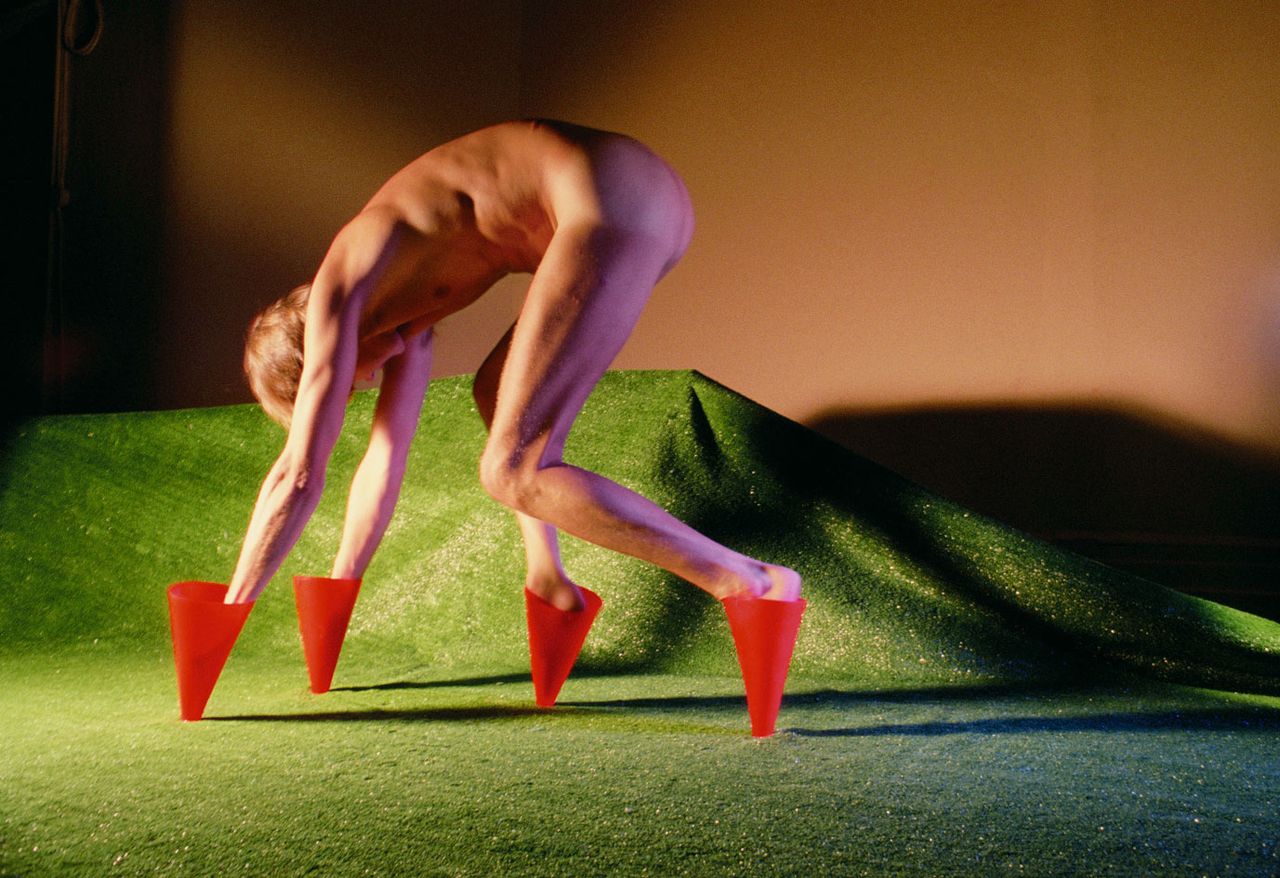
Unless you're Kate Moss, having your picture taken can be an uncomfortable experience. We overcompensate by falling back on awkward half-smiles and girly duck-pouts. Whatever your grimace of choice, posing for a photograph is an innately performative act. With this in mind, Tate Modern's major spring exhibition questions what it means to say 'cheese'.
'Performing for the Camera' leaps straight into the golden age of performance art, with Yves Klein's famous image Leap into the Void. Emphasising the staged trickery of the photograph, the curators have chosen to position the 'making of' images alongside the seminal shot. Here, it is revealed Klein isn't actually leaping to his death – a group of subsequently edited-out friends are nervously waiting to catch him in a sheet.
This photograph, along with dozens of others featured in the first half of the show, come from a collection donated to Tate last year by photographers Harry Shunk and János Kender. Now, the walls of the gallery tell tales of the couple's obsession with live performance art. Bodies twist, dance and peacock, and their cameras are the audience.
As the show progresses, the performative aspect of the images gets more and more disrupted, and difficult to define. We journey through obscure byways of performance portraiture's history – passing holiday snaps taken from relatively unknown photographers, alongside defining images from the likes of Joseph Beuys and Francesca Woodman.
Despite this broad scope of images, a sense of humour unites the exhibition – much of it centred around nudity. This is expressed in Jimmy De Sana's Marker Cones, where he is pictured strutting on all fours, with what looks like party hats on his hands and feet. But on-camera performance doesn't just mean jumping off buildings and clowning around naked. As much as the exhibition is united by levity, a darker undertone sneaks in, through Japanese photographer Masahisa Fukase's quiet, muted images of himself in a tepid-looking bathtub. He performs loneliness just as evocatively as De Sana performs comedy.
Fukase isn't the only artist posing for his own images. A whole room in the gallery is devoted to the 'Self / Portrait' – where photographers perform on both sides of the camera. As selfie-culture becomes ingrained, more and more gallery space is being given up to the trend. We've already seen Amalia Ulman's Instagram-focused 'Excellences & Perfection' in London this month at the Whitechapel Gallery. She appears again here, flouting her own ironic brand of voyeurstic sexuality in that all too familiar mirror pose, iPhone camera in hand.
A selfie was also picked as the principle advertising image for the exhibition – and it has been plastered all over London. The picture is taken from Romain Mader's staged series that depicts him clumsily posing with mail-order brides. He explains his reasoning for making himself the protagonist: 'It's too easy to mock people. It's better to pose myself and be the main character in my work. This way, there's irony and vulnerability.'
Mader's sentiment rings true throughout the exhibition – as much as the highly performative images of theatric, extrovert bodies are beautiful and striking, the portraits that stick with us are those that reveal an honest, relatable vulnerability.
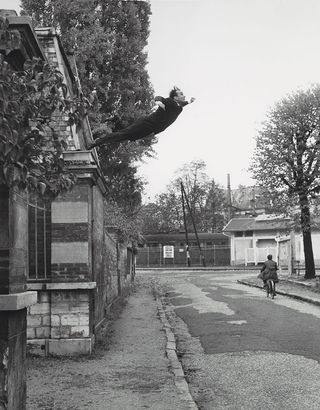
The exhibition uses Leap into the Void, 1960, a work by Yves Klein (seen in mid-air) and shot by Harry Shunk and János Kender, as an appropriate jumping-off point. Courtesy the artists and Met Musuem
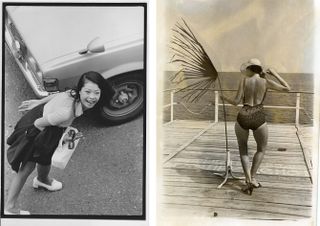
As the show progresses, the performative aspect of the images becomes more and more disrupted, and difficult to define. Pictured left: From Window, by Masahisa Fukase, 1974. Courtesy Masahisa Fukase Archives and Michael Hoppen Gallery. Right: Crimean Snobbism, by Boris Mikhailov, 1982
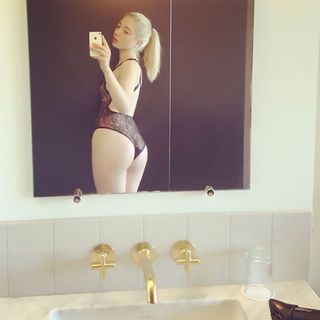
Amalia Ulman's Instagram-derived series of images exemplifies a contemporary meta-commentary on the nature of self-portraiture. Pictured: Excellences & Perfections (Instagram Update, 8th July 2014). Courtesy the artist and Arcadia Missa
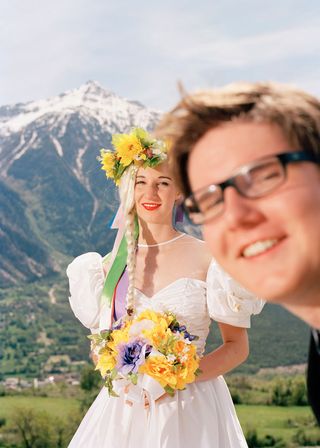
A staged series of artist Romain Mader clumsily posing with mail-order brides is a highlight. Pictured: Ekaterina: Mariage à Loèche-les-Bains (Marriage in Leukerbad), 2012. Courtesy the artist and ECAL
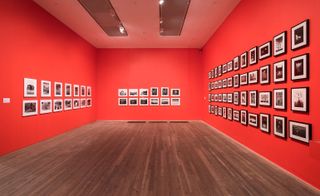
As much as the highly performative images of theatric, extrovert bodies are beautiful and striking, it's the portraits that reveal an honest, relatable vulnerability that stick with us. Pictured: 'Performing for the Camera', installation view. Courtesy of Tate Photography
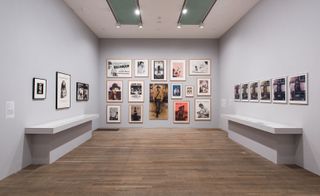
'Performing for the Camera', installation view. Courtesy of Tate Photography
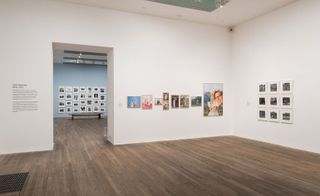
The exhibition is on view until 12 June. Pictured: 'Performing for the Camera', installation view. Courtesy of Tate Photography
INFORMATION
'Performing for the Camera' is on view until 12 June. For more information, visit Tate Modern's website
ADDRESS
Tate Modern
Bankside
London, SE1 9TG
Wallpaper* Newsletter
Receive our daily digest of inspiration, escapism and design stories from around the world direct to your inbox.
Elly Parsons is the Digital Editor of Wallpaper*, where she oversees Wallpaper.com and its social platforms. She has been with the brand since 2015 in various roles, spending time as digital writer – specialising in art, technology and contemporary culture – and as deputy digital editor. She was shortlisted for a PPA Award in 2017, has written extensively for many publications, and has contributed to three books. She is a guest lecturer in digital journalism at Goldsmiths University, London, where she also holds a masters degree in creative writing. Now, her main areas of expertise include content strategy, audience engagement, and social media.
-
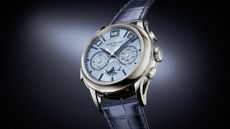 Patek Philippe brings 15 new timepieces to Watches and Wonders 2025
Patek Philippe brings 15 new timepieces to Watches and Wonders 2025The Swiss manufacturer showcases its intricate complications and elegant designs at the annual trade show with a suite of new models
By Anna Solomon Published
-
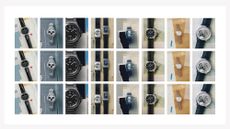 Watches & Wonders 2025: preview Richemont’s latest innovations, on show at the Geneva watch fair
Watches & Wonders 2025: preview Richemont’s latest innovations, on show at the Geneva watch fairDiscover eight enticing timepieces from the luxury group, showcased this week at the Geneva fair
By Simon Mills Published
-
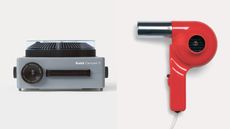 Masters of midcentury modern design and their creations spotlighted in new book
Masters of midcentury modern design and their creations spotlighted in new book‘Mid-Century Modern Designers’ is a new book from Phaidon celebrating those who shaped the period and their notable creations, from furniture to objects
By Tianna Williams Published
-
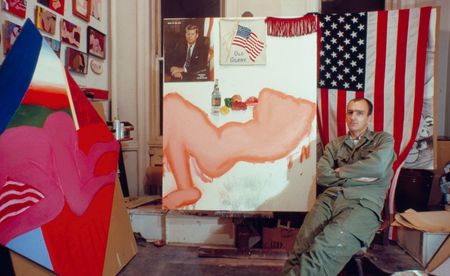 Tom Wesselmann’s 'Up Close' and the anatomy of desire
Tom Wesselmann’s 'Up Close' and the anatomy of desireIn a new exhibition currently on show at Almine Rech in London, Tom Wesselmann challenges the limits of figurative painting
By Sam Moore Published
-
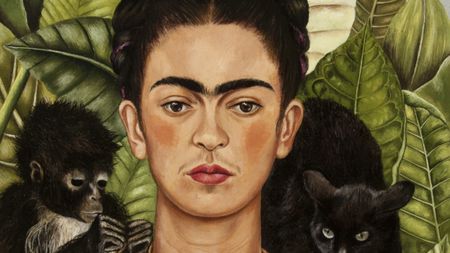 A major Frida Kahlo exhibition is coming to the Tate Modern next year
A major Frida Kahlo exhibition is coming to the Tate Modern next yearTate’s 2026 programme includes 'Frida: The Making of an Icon', which will trace the professional and personal life of countercultural figurehead Frida Kahlo
By Anna Solomon Published
-
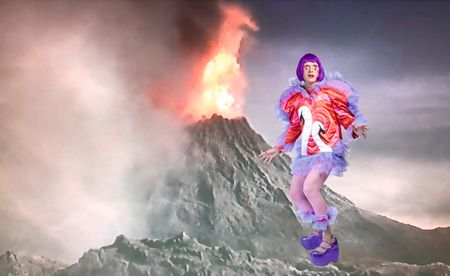 A portrait of the artist: Sotheby’s puts Grayson Perry in the spotlight
A portrait of the artist: Sotheby’s puts Grayson Perry in the spotlightFor more than a decade, photographer Richard Ansett has made Grayson Perry his muse. Now Sotheby’s is staging a selling exhibition of their work
By Hannah Silver Published
-
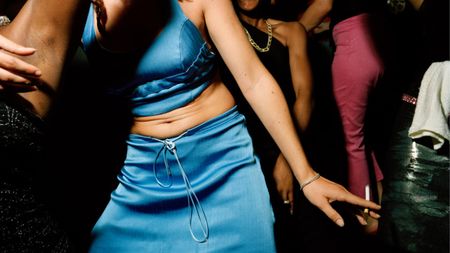 From counter-culture to Northern Soul, these photos chart an intimate history of working-class Britain
From counter-culture to Northern Soul, these photos chart an intimate history of working-class Britain‘After the End of History: British Working Class Photography 1989 – 2024’ is at Edinburgh gallery Stills
By Tianna Williams Published
-
 Celia Paul's colony of ghostly apparitions haunts Victoria Miro
Celia Paul's colony of ghostly apparitions haunts Victoria MiroEerie and elegiac new London exhibition ‘Celia Paul: Colony of Ghosts’ is on show at Victoria Miro until 17 April
By Hannah Hutchings-Georgiou Published
-
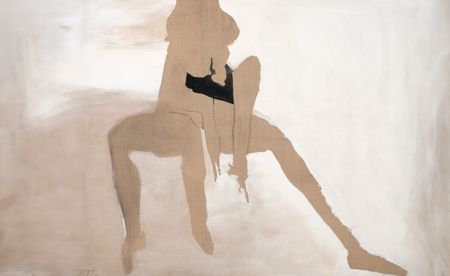 Teresa Pągowska's dreamy interpretations of the female form are in London for the first time
Teresa Pągowska's dreamy interpretations of the female form are in London for the first time‘Shadow Self’ in Thaddaeus Ropac’s 18th-century townhouse gallery in London, presents the first UK solo exhibition of Pągowska’s work
By Sofia Hallström Published
-
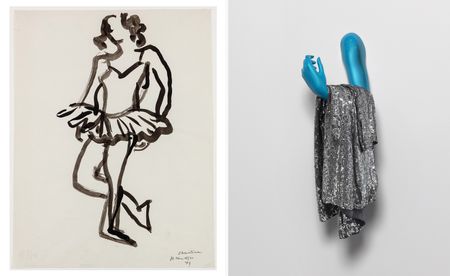 Sylvie Fleury's work in dialogue with Matisse makes for a provocative exploration of the female form
Sylvie Fleury's work in dialogue with Matisse makes for a provocative exploration of the female form'Drawing on Matisse, An Exhibition by Sylvie Fleury’ is on show until 2 May at Luxembourg + Co
By Hannah Silver Published
-
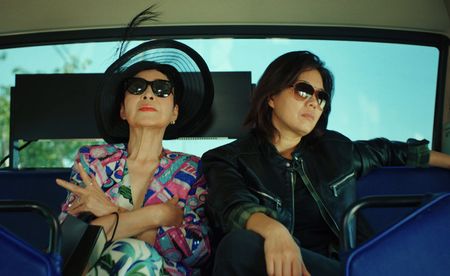 What to see at BFI Flare film festival, 'a rich tapestry of queer experience'
What to see at BFI Flare film festival, 'a rich tapestry of queer experience'As one of the only film festivals to explicitly profile LGBTQI+ cinema, BFI Flare Film Festival remains a unique and beloved event. Here's what to see as it makes its return to London from 19 - 30 March
By Billie Walker Published